While we generally think about Earth’s moon only, there are many Moons in our Solar system. Earth’s moon is one of the largest moons in the solar system. Earth has only one Moon which is believed to have formed about 4.5 billion years ago, not very long after Earth was formed. While we love watching the moon is the night sky, It will look more interesting as you read these amazing facts about the moon. I am sure these facts about the moon will increase your knowledge and curiosity.
1. Earth’s only natural satellite is Moon. As of now, close to 1500 satellites are orbiting the Earth. All of them are artificial satellites except Moon. A natural satellite is an object that orbits a planet or an asteroid. One study has suggested that once Earth had two moons and the other moon collided with the current moon and destroyed itself and this collision had created the impact craters on the current Moon.
2. Earth’s moon is the fifth largest moon in the solar system. As of May 2018, There are 184 Moons (or natural satellites) which are orbiting the Planets and dwarf planets in our solar system.
The image describes Moon, Planet and average diameter.
3. The average distance between Earth and Moon is 384472 kilometers (238900 miles). A spacecraft takes about three days to reach Moon. The distance between the Moon and Earth is increasing because Moon takes some energy from Earth’s energy and propels itself far. The Moon gets 1.5 inches (3.8 centimeters) away from Earth every year. A beam of light takes just 1.26 second to travel to Moon from Earth.
4. The Moon orbits the Earth in about 28 days (27.32 days). Moon also takes approximately the same time (27 days) to rotate once on its axis. This means that We can only see around 60% of Moon’s surface from Earth (50% at any one time). Also, the Moon does not appear to be spinning but appears to almost perfectly still when observed from Earth. The side that we can see from Earth is called the near side while the other side is called the far side or dark side of the Moon. Both sides of the Sun are illuminated by the Sun but we are able to see only near side.
5. Mons Huygens is the tallest mountain with a height of 4.7 KM on the Moon. The height of Mons Huygens is just over half the height of Mt Everest (8.8 KM). However, Huygens is not the highest point on the Moon. The highest area on the moon is located on the far side away from Earth and that area is not considered as a mountain. The mountain has been named after Christiaan Huygens, a Dutch astronomer, mathematician, and physicist.

6. The gravity on Moon is 1.62 m/s² which is about 16.53% of Gravity on Earth(9.8 m/s² ). This means your weight on Moon will be about one-sixth of your weight on Earth and you can jump six times higher on the Moon than Earth.
7. Luna 9 was the first spacecraft to land on the Moon in 1966. Luna 9 was featured by the Soviet Union’s Luna program. Luna 9 was the first successful landing of an unmanned spacecraft on the surface of the Moon.
8. Apollo 11 mission by NASA in 1969 was the first manned landing on Moon’s surface. Neil Armstrong was the first person to set foot on the Moon. There have been six missions – Apollo 11, Apollo 12, Apollo 14, Apollo 15, Apollo 16, Apollo 17 by NASA from 1969-1972 where the man landed on Moon. Only 12 people have walked on the Moon’s surface and all of them were American males.
9. The far side of the Moon looks different from the near side because it lacks maria (Latin for sea). The lunar maria are large and dark plains Moon which was formed by ancient volcanic eruptions. They were called maria by astronomers as they misunderstood them for actual seas.
10. The surface of the Moon hosts a large number of impact craters that are created from the collision of comets and asteroids over time. These impact craters are well preserved Because of lack of an atmosphere or weather on Moon. The footprints of astronauts will remain on the Moon’s surface for 10 million years.
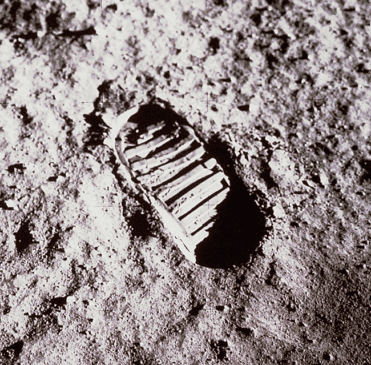
Image Credit: NASA
11. The moon is very hot during the day and it is very cold during the night. The Temperatures on the moon goes up to about 100 degrees C during the day. At night, the temperature dips up to minus 173 degrees C. This wide variation in temperature happens Earth’s moon has no atmosphere to hold the heat at night or to prevent the surface from getting so hot during the day. There are no seasons on Moon due to lack of atmosphere. You can not hear any sound on Moon.
12. The Earth’s tides are largely caused by the gravitational pull of the Moon. The gravitational pull of the moon causes the oceans to bulge out in the direction of the moon. Since the Earth is also being pulled toward the moon, another bulge occurs on the opposite side, these are called high tides. Did you that Earth’s rotation is slowing with time thus adding few milliseconds to the day. This is happening due to the tidal effects of Moon on Earth’s rotation. Atomic clocks reveal that a duration of the current day is longer by about 1.7 milliseconds than it was a century ago.
13. A lunar eclipse occurs when the Earth is between the Sun and the Moon. A lunar eclipse happens when the Moon comes directly behind Earth and into its shadow. The type and length of a lunar eclipse depend on the Moon’s proximity to nodes of its orbit. During a total lunar eclipse, direct sunlight is blocked by Earth from reaching the Moon.
14. Oceanus Procellarum is the largest maria on the moon. Oceanus Procellarum is a vast maria on the western edge of the near side of the Moon. It is the only one of the lunar maria to be called an “Oceanus” (ocean) due to its size. It is spread over more than 2,500 km (1,600 mi) and covering roughly 4,000,000 km2.

15. The Moon has 8 phases (From New Moon to Full Moon to New Moon) during its one orbit around Earth – New Moon, Waxing Crescent, First Quarter, Waxing Gibbous, Full Moon, Waning Gibbous, Last Quarter, Waning Crescent, New Moon.
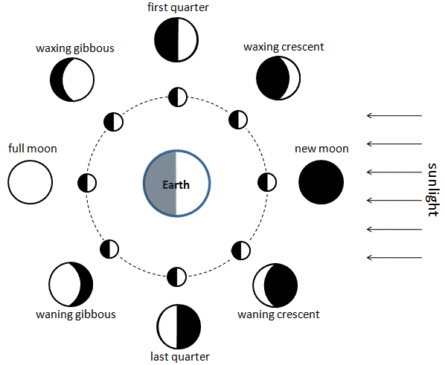
16. You can watch the full map of Moon.
17. In 2009, 3 spacecrafts confirmed that water exists on the Moon and it was suggested that most of that water was confined to “cold traps” at the poles. Now, a new analysis done by two lunar missions in 2018 suggests that water could actually be spread all over the moon’s surface.
If you know any other interesting facts about the moon, please share with us in the below comments section.

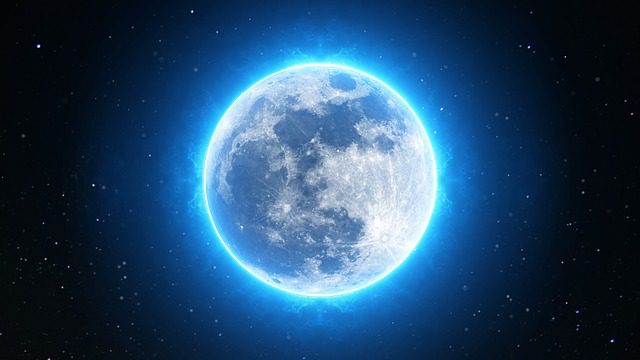
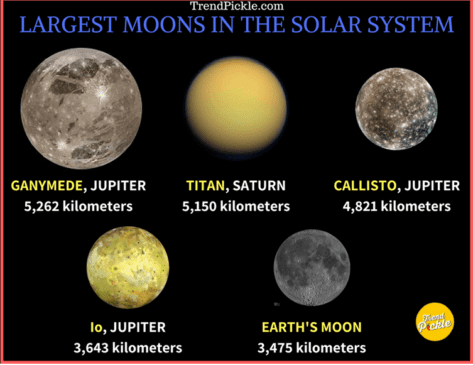
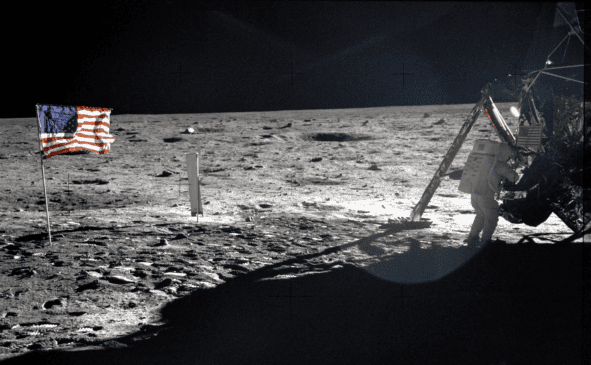
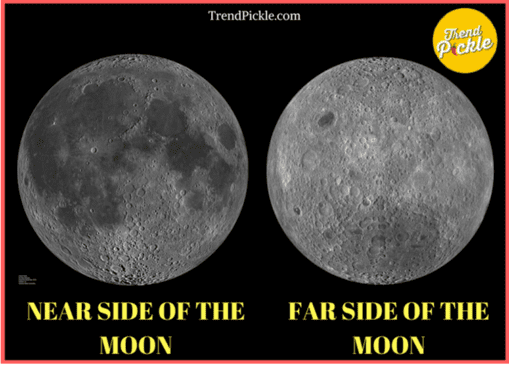
1 comment
Too much facts to know… Interesting.